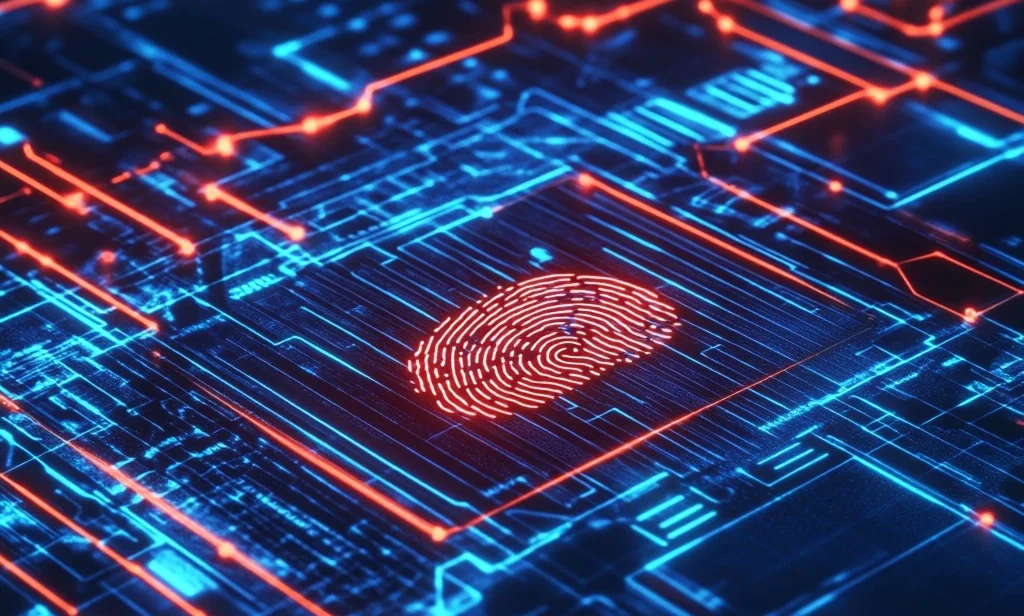2025 is a year in which the protection of our data is essential. Passwords, although useful, are no longer enough to keep our accounts safe. This is where Multi-Factor Authentication (MFA) comes into play, an additional layer of security that reinforces barriers against cyberattacks.
What is MFA and how does it work?
Imagine that your password is like the lock on your house. If someone discovers that password, who would prevent access to your house? This is where MFA makes a difference, as it requires more than a single verification method to make sure you are who you say you are.

MFA is divided into three authentication factors:
1. Something you know: such as a password, PIN, or an answer to security questions.
2. Something you have: a token, smart card, or authenticator app.
3. Something you are: biometric features such as fingerprints, facial recognition or iris scanning.
This multi-level system provides much more robust security than traditional passwords.
MFA Application Examples
Multi-factor authentication is used on various platforms and services to protect access to sensitive information:
Corporate networks: To access the corporate network, whether through a VPN or remote desktops, you must enter your password and then confirm your identity with an authenticator application.
Online banks: When you access your bank account, after entering your username and password, the bank sends a verification code to your designated phone number.
Cloud platforms: Companies that use services like Microsoft 365, AWS, and Google Workspace protect access to their sensitive data by requiring MFA to access their cloud services.
Email and social networks: Platforms such as Gmail or Facebook also require an additional authenticator to prevent unauthorized access.
Recommendations for Implementing MFA
For multi-factor authentication to work effectively, it is crucial to apply certain strategies:
1. Prioritize critical accounts: Implement MFA across corporate accounts, banking, email, and cloud platforms.
2. Use mobile authenticators: Mobile applications for MFA, such as Google Authenticator or Microsoft Authenticator, are recommended options for their ease of use and level of security.
3. Secure recovery options: Make sure you have secure account recovery alternatives set up, such as a secondary email or well-chosen security questions.
4. Cybersecurity education: Encourage cybersecurity training within your organization, especially to prevent phishing attacks, which attempt to bypass MFA.
Ready to implement MFA?
Multifactor Authentication is one of the most effective barriers against credential theft and unauthorized access. Even if a cybercriminal manages to steal your password, they will still need the second factor to gain entry, making it significantly more difficult. Implementing MFA is one of the smartest decisions you can make to protect both your personal information and that of your company.
If you want to ensure the protection of your data and systems against cyber attacks, it’s time to implement MFA! Contact us at SISAP to obtain advice and tailored security solutions.


